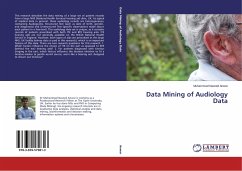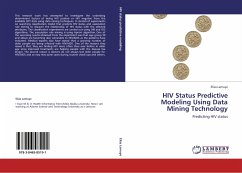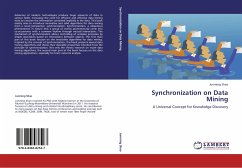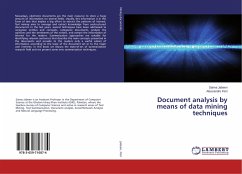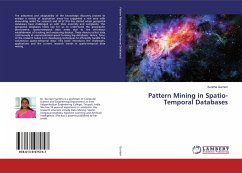This research describes the data mining of a large set of patient records from a large NHS (National Health Services) hearing aid clinic, UK. As typical of medical data in general, these audiology records are heterogeneous, containing Audiograms, Structured Text (such as date of birth, gender, and diagonosis) and Unstructured Text (specific observations made about each patient in a free-text). This audiology data set is unique, as it contains records of patients prescribed with both ITE and BTE hearing aids. ITE hearing aids are not generally available on the British National Health Service in England. However, both types of aids are prescribed at this large NHS, UK facility (whose data is used in this research), which is an important feature of this data. There are two research questions for this research: 1. Which factors influence the choice of ITE (in the ear) as opposed to BTE (behind the ear) hearing aids? 2. For patients diagnosed with tinnitus (ringing in the ear), which factors influence the decision whether to fit a tinnitus masker (a gentle sound source, worn like a hearing aid, designed to drown out tinnitus)?
Bitte wählen Sie Ihr Anliegen aus.
Rechnungen
Retourenschein anfordern
Bestellstatus
Storno

